Description
The formally new of this glass type is the attempt to give up the classic three-division of foot – handle – cup in favour of the production-technically simpler massive foot, which fulfils the griffin and stand-function simultaneously.
A series of attempts went ahead this ripe design in the years 1949/50.
The costly cut doesn’t serve alone the visual processing of the glass-form. The cup gets a surface, which affects the sense of touch more intensively, as this would be the case with a smooth glass.
Wilhelm Wagenfeld‘s designs put high requests at the glass-makers. The thin-walled glasses should not contain any stripes or inclusions. With exact technical drawings, Wagenfeld pretended the dimensions of the work to be manufactured. Strict controls secured the high craft-like level of the glass-quality.
The design falls into the time of the foundation of the Rat für Formgebung / German Design Council, in 1953. Many educational thoughts of Wilhelm Wagenfeld about the ethics of the form and the mass-product reappear in the foundation-concept.
Literature: Thomas Dexel; Trinkgefäße aus Glas in der Formsammlung der Stadt Braunschweig, Braunschweig 1978, p.79, i.73; 5[Fünf] Jahre Bundespreis Gute Form: Eine Ausstellung des Rates für Formgebung; Deutsches Museum München, 20. Juli bis 22. Sept. 1974, Darmstadt 1974; Kat. Bremen 1994 (index of his oeuvre), p.320, No. 308.



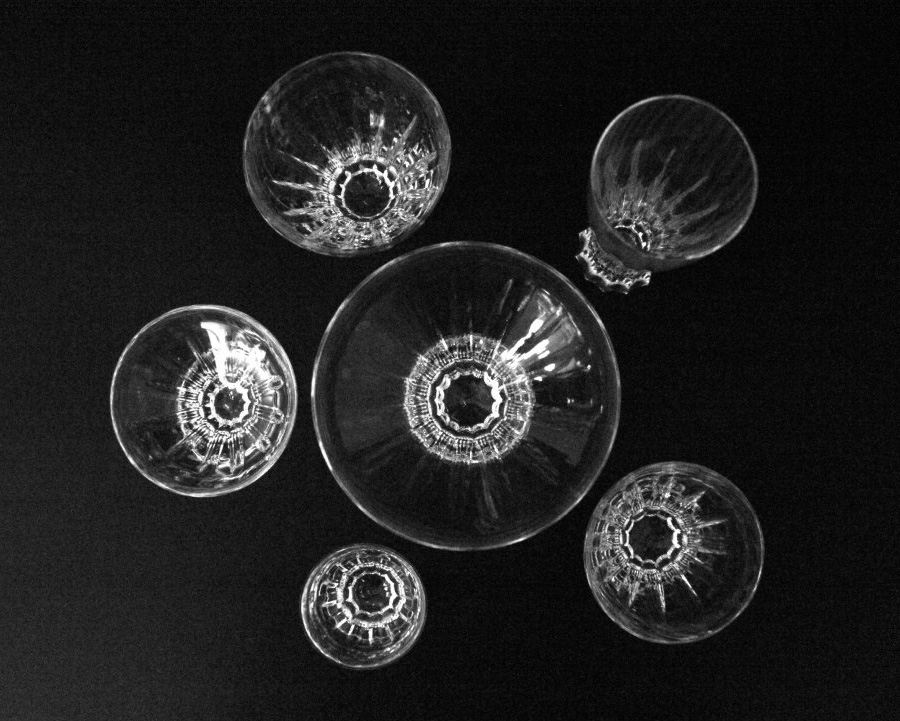
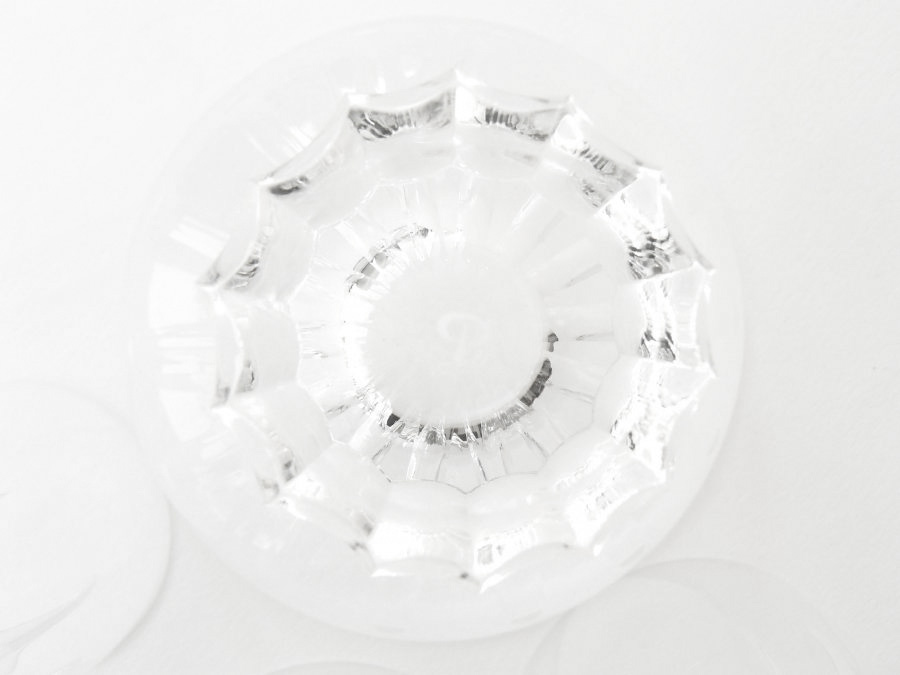
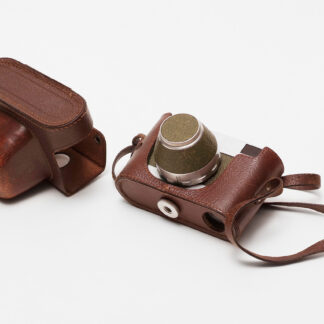
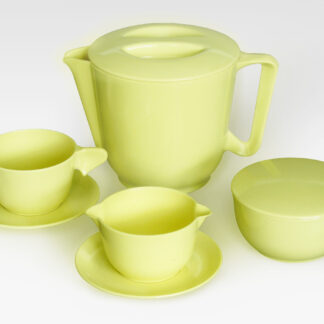
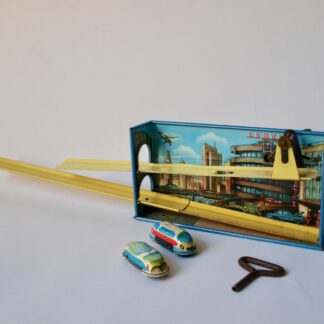
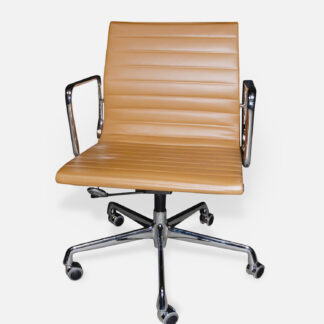
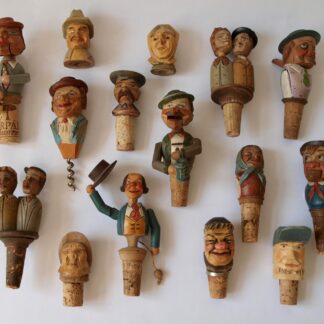
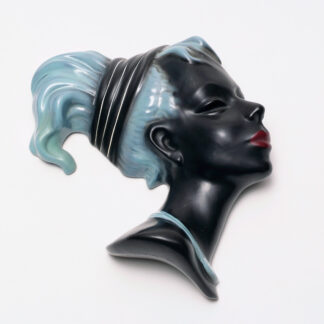
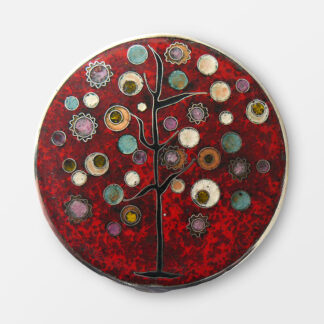
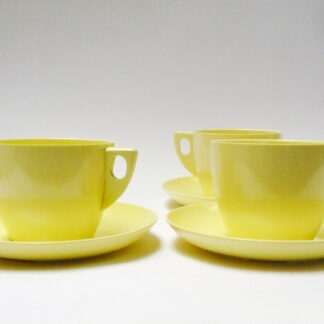
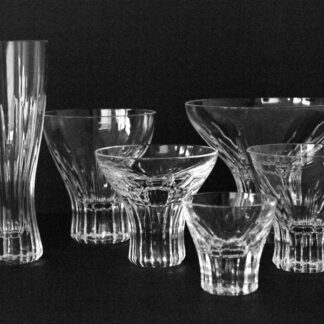
Reviews
There are no reviews yet.